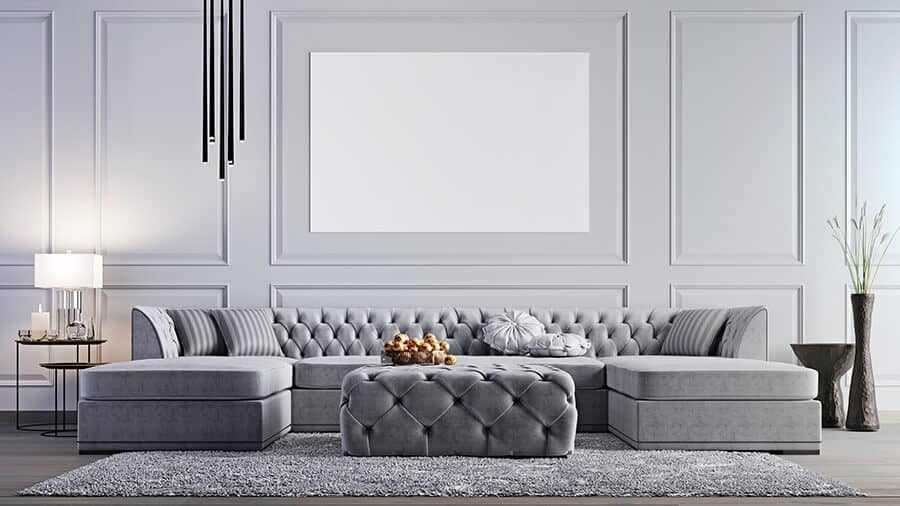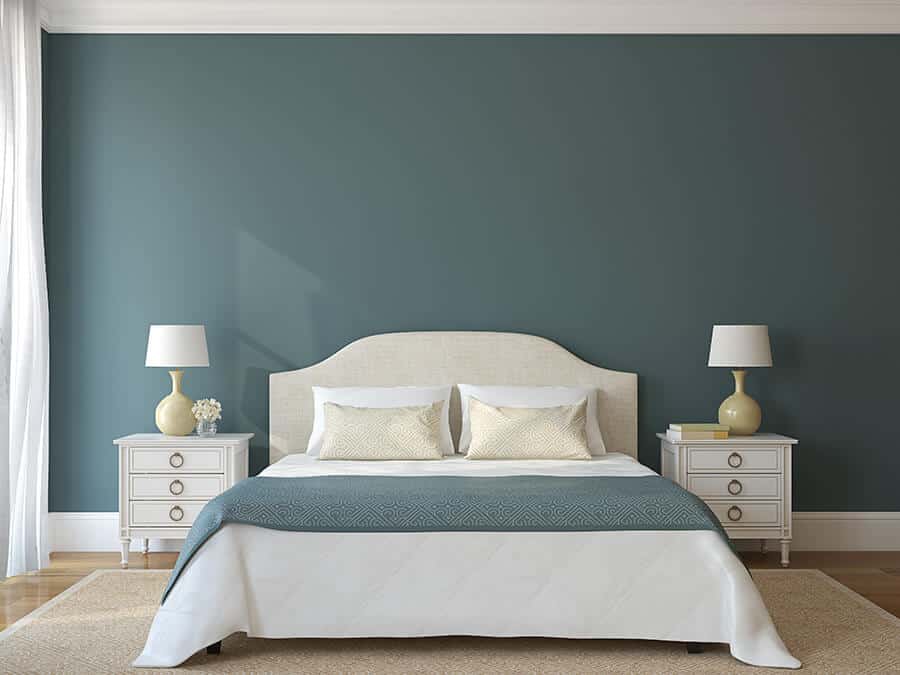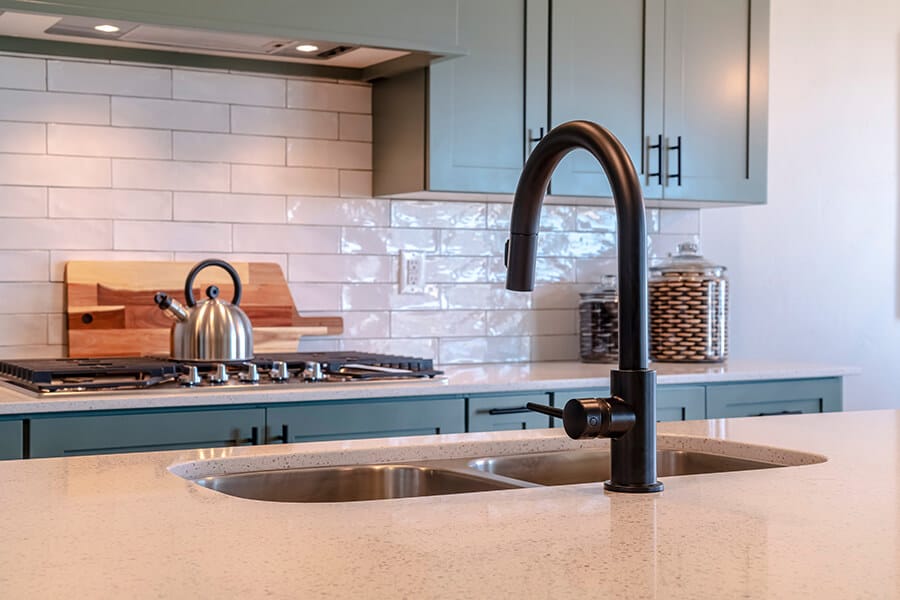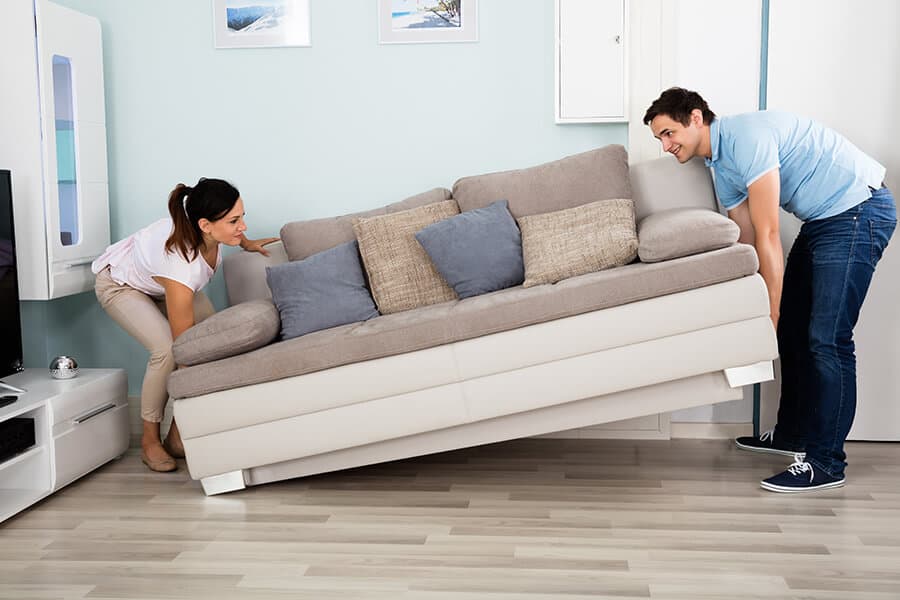Earlier this week, we ran an article about the first steps of Feng Shui. Now we are taking you further into the philosphy, by showing how you can set up your rooms to help balance your life.
Feng Shui is all about bringing balance into your home. The Taoist beliefs revolve around the connection between people and their environment.
Once you are able to identify the areas of growth and apply the correct elements and bagua, the next step is furniture arrangement.
There are a lot of tiny ways that you can incorporate Feng Shui into your household.
There are entire guides and books on every little detail. Ironically, to start small with this revamp of your space means beginning with the larger furniture.
Living Room

Assuming that you enjoy living and have a room, you’ll likely be spending the most time in your living room. It is best for the living room to be close to the front door and at the front of the house.
The idea is that it is the most public area of the house and should make guests comfortable. There shouldn’t be anything too private on display.
The sofa must be the centre-piece furniture of the living room and hold the commanding position. This sounds fancy but it simply means that when seated, you should be able to see the door.
Another rule for the sofa is that it should be placed against a wall and never against a window.
If you prefer to have a more centred sofa, you need to stabilize it with other furniture. This evokes safety.
When it comes to living room decorations, nothing in the living room should cause negative emotions such as sadness or anger.
The great thing about Feng Shui is that many of the principles are obvious things that most people already do!
Bedroom

The bed should hold the commanding position in the bedroom. It is important to position it centrally and out of line from the bedroom door.
The bed happens to be the single most important piece of furniture in your home because it represents you.
It is the place that you likely spend more time than anywhere else. The bigger the bed and mattress, the better.
Just like the sofa, a bed should be against a wall. A nice sturdy headboard without perforations is recommended.
It should be secured against the wall for a feeling of safety. A headboard with bars, for example, can be fun for certain activities. However, according to Feng Shui it can make you and your partner feel like prisoners.
Regarding bedroom art, it is important to consider romance. It is recommended to keep photos of the family out of the bedroom.
If you are single, it can be a good idea to get artwork that represents pairs instead of single figures to attract love.
To help with depression, hang your artwork at eye level or higher in order to lift your life force energy, or qi.
Finally, the bedroom should also be darker than your living room. These two rooms are yin and yang. One is meant for activity, benefitting from bright light while the other is for rest, where a lack of light is preferred.
It is also important to have a balance of nightstands on either side of the bed and no clutter underneath it.
Kitchen

The piece of furniture that holds the commanding position in the kitchen is the stove. It represents your resources and career.
If possible, double your burners as they represent opportunities and sources of wealth. The more you have, the better. For this reason, you are also suggested to use each one equally and rotate them regularly.
The fridge is also an important piece of furniture that represents nourishment. It is recommended that you place a clear quartz crystal inside to amplify the nourishment that the food inside will provide you.
Of course, it is important to deep clean your kitchen regularly and throw everything away that’s expired, chipped or broken.
Alternatively, broken items can be fixed. Consider using salt and water to wipe down your kitchen as salt is a crystal and can absorb negative, stagnant energies.
These tips on how to arrange the largest pieces of furniture in your living room, bedroom and kitchen just scratch the surface of Feng Shui.
This Chinese tradition may seem a little silly at times. However, most principles are self-explanatory and things that you already know and aspire to.
Since it has been around for 5,000 years, it isn’t crazy to think that it has already influenced the way we keep and decorate our homes.
Photos: Shutterstock
Want to know more about Feng Shui? Check this out:
Support us!
All your donations will be used to pay the magazine’s journalists and to support the ongoing costs of maintaining the site.
Share this post
Interested in co-operating with us?
We are open to co-operation from writers and businesses alike. You can reach us on our email at cooperations@youthtimemag.com/magazine@youthtimemag.com and we will get back to you as quick as we can.










